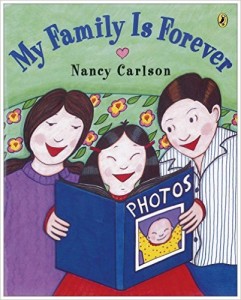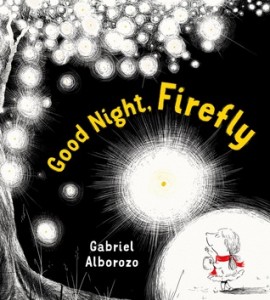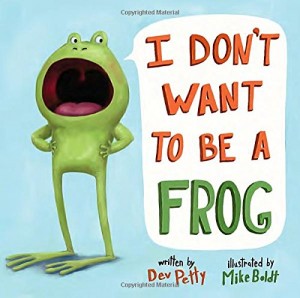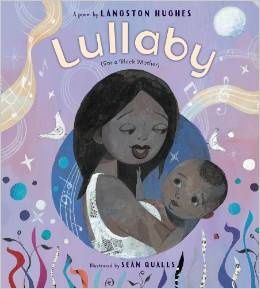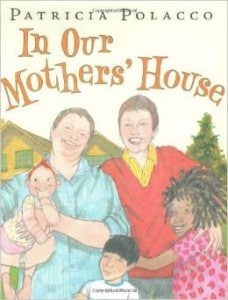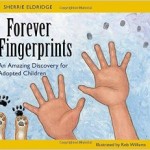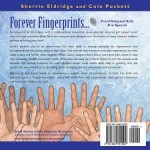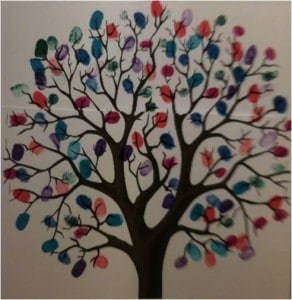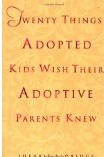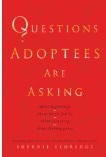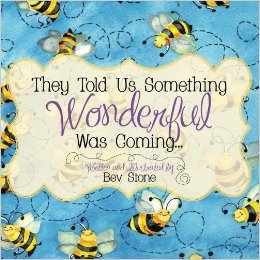 Regardless of specific faith, the holiday season focuses on family, generosity and being a light for others. They Told Us Something Wonderful Was Coming written and illustrated by Bev Stone, beautifully captures the joy which envelopes a family as they anticipate a new child’s arrival. The narrator explains to the reader that the entire world recognized that “something wonderful was coming.” Animals and insects, clouds and rainbows, all quivered with joyful anticipation. And what could ignite such wonder and excitement? The arrival of a new child of course! The story concludes creatures, great and small “somehow, they knew about you!”
Regardless of specific faith, the holiday season focuses on family, generosity and being a light for others. They Told Us Something Wonderful Was Coming written and illustrated by Bev Stone, beautifully captures the joy which envelopes a family as they anticipate a new child’s arrival. The narrator explains to the reader that the entire world recognized that “something wonderful was coming.” Animals and insects, clouds and rainbows, all quivered with joyful anticipation. And what could ignite such wonder and excitement? The arrival of a new child of course! The story concludes creatures, great and small “somehow, they knew about you!”
 AQ* Lens: This story serves a feast for the eyes and the heart. Delicate watercolors fill each page depicting the manifest ways that the world brightened in anticipation of a marvelous event. Each page turn delivers a unique moment of excitement that builds the reader’s excitement as he wonders what could provoke such happiness?
AQ* Lens: This story serves a feast for the eyes and the heart. Delicate watercolors fill each page depicting the manifest ways that the world brightened in anticipation of a marvelous event. Each page turn delivers a unique moment of excitement that builds the reader’s excitement as he wonders what could provoke such happiness?
All of us–child and adult–love to hear and feel that are arrival was celebrate. The age of the child on whom the story centers is not specified; it could be a baby, toddler, teen or any age in between which makes this story a great fit for adoptive families. Many books honor the anticipation and arrival of a new baby but rarely do we find a book that expands the arrival of a new family member who is older. As adoptive parents we know how important it is for older children to feel welcome, important and special. Five stars





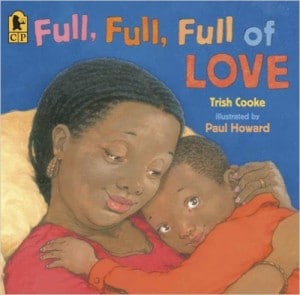 Full, Full, Full of Love by Trish Cole is another story that elicits warm, snugly feelings. It follows a grandson’s visit with his grandmother. Together they prepare the Sunday feast for the extended family. Jay Jay is excited to spend time with his Grannie. Their tender connection jumps off every page. Grannie keeps Jay Jay busy “helping” which distracts him until everyone arrives. It also teaches an important lesson about work: it is not a punishment but rather a way of showing how much we care. Young children yearn to “help”; often it is easier for adults to deflect their awkward attempts because it is easier for adult to do it alone. This story shows how if draws the boy closer to his grandma and reinforces the desire to work.
Full, Full, Full of Love by Trish Cole is another story that elicits warm, snugly feelings. It follows a grandson’s visit with his grandmother. Together they prepare the Sunday feast for the extended family. Jay Jay is excited to spend time with his Grannie. Their tender connection jumps off every page. Grannie keeps Jay Jay busy “helping” which distracts him until everyone arrives. It also teaches an important lesson about work: it is not a punishment but rather a way of showing how much we care. Young children yearn to “help”; often it is easier for adults to deflect their awkward attempts because it is easier for adult to do it alone. This story shows how if draws the boy closer to his grandma and reinforces the desire to work.
 AQ* Lens: Full, Full, Full of Love depicts an African-American family in a universal experience. Aunts, uncles, and cousins gather for a home-cooked meal at Grannie’s. It’s not to observe a holiday or some major event but simply to celebrate the blessing of being a family. I appreciate the ordinariness of this.
AQ* Lens: Full, Full, Full of Love depicts an African-American family in a universal experience. Aunts, uncles, and cousins gather for a home-cooked meal at Grannie’s. It’s not to observe a holiday or some major event but simply to celebrate the blessing of being a family. I appreciate the ordinariness of this.
This book would be a wonderful choice for any child, regardless of race. It serves to depict the commonalities we share and thus, is a great choice for advancing a multicultural awareness.





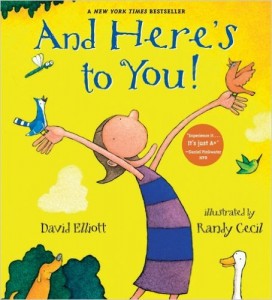 And Here’s to You, by David Ellitott and illustrated by Randy Cecil is an exuberant riff on tolerance and respect for others and the universality of our experiences. Cartoon-like illustrations pair with a refrain that carries throughout the book. Whether it is birds, bugs, cats, dogs, bears, or all manner of people, each is wonderful and valued. Now that is a message we all enjoy hearing. Again and again and again.
And Here’s to You, by David Ellitott and illustrated by Randy Cecil is an exuberant riff on tolerance and respect for others and the universality of our experiences. Cartoon-like illustrations pair with a refrain that carries throughout the book. Whether it is birds, bugs, cats, dogs, bears, or all manner of people, each is wonderful and valued. Now that is a message we all enjoy hearing. Again and again and again.
 AQ* Lens: Full, Full, Full of Love depicts a variety of characters both animal and human and infused with diversity that is the foundation of the story’s premise. It reinforces another important concept of unconditional love: “Here’s to the sweet you/The messy and the neat you/ the funny-way-you-eat you/ The head to your feet you…Oh, how I love you!” Kids can never get enough reassurance that their parent’s love is not conditional on behavior, looks or anything else.
AQ* Lens: Full, Full, Full of Love depicts a variety of characters both animal and human and infused with diversity that is the foundation of the story’s premise. It reinforces another important concept of unconditional love: “Here’s to the sweet you/The messy and the neat you/ the funny-way-you-eat you/ The head to your feet you…Oh, how I love you!” Kids can never get enough reassurance that their parent’s love is not conditional on behavior, looks or anything else.







 In the vein of
In the vein of 
